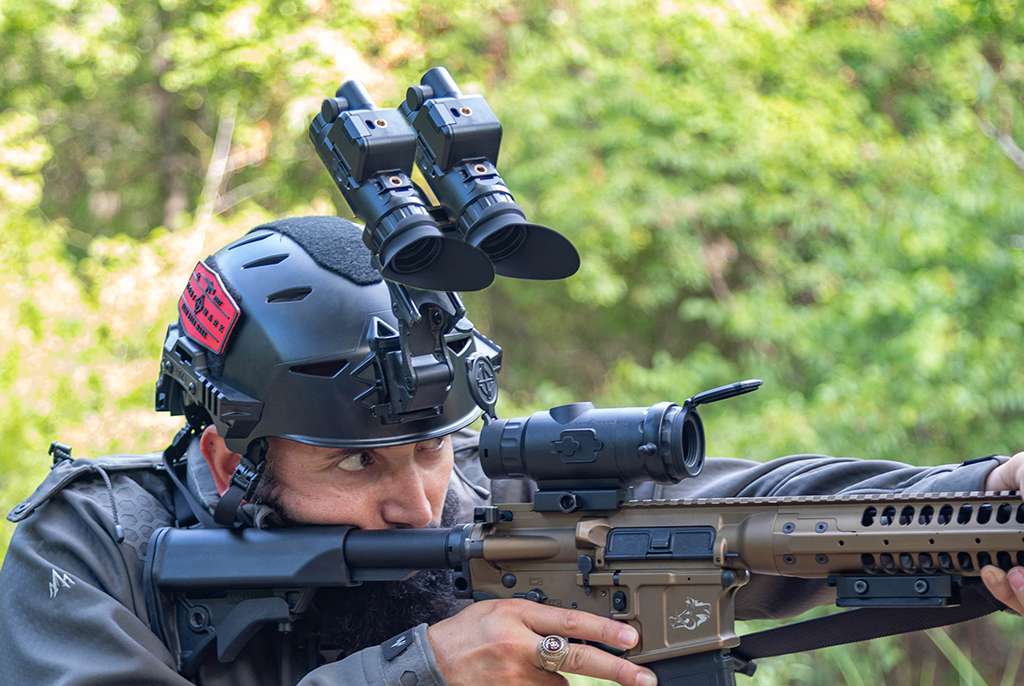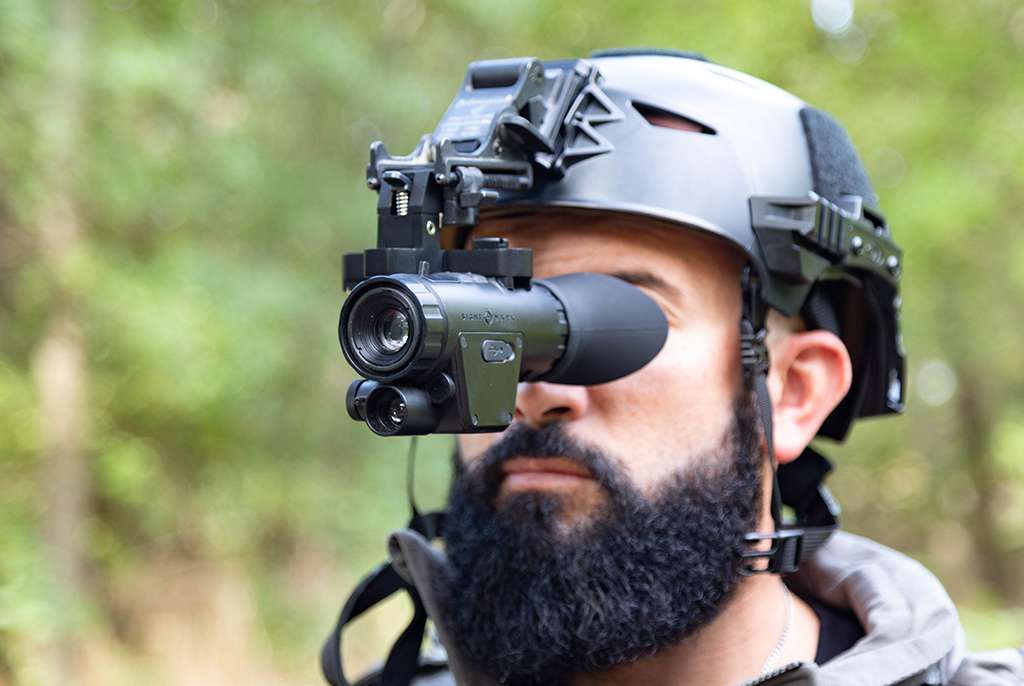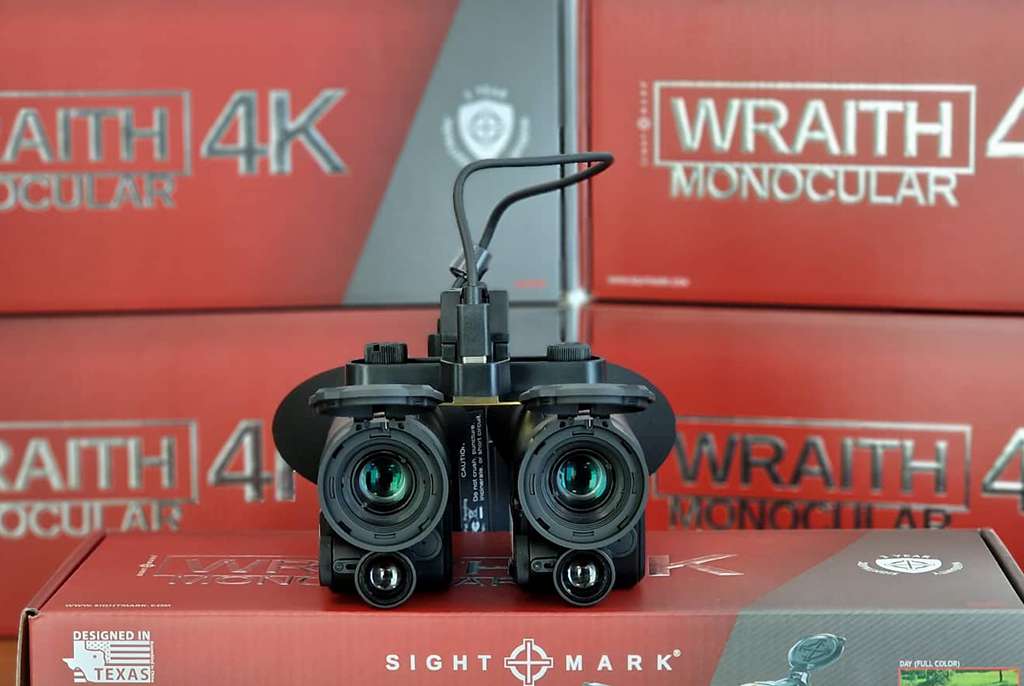Welcome to Scott Country International, the UK's leading specialist in night vision and thermal imaging.
Night vision goggles are a must-have for anyone who needs to see in low-light conditions, whether it's for hunting, security, or military purposes. However, with so many options on the market, it can be difficult to know which pair is the best for you. This guide will help you understand how night vision goggles work, what signs to look for when determining the quality of a pair, the differences between night vision and thermal imaging, and the different types of Night Vision goggles available.

Night vision is created by amplifying the available light in the environment. Just as the eyes of nocturnal animals dilate to let in more light and help them see, NVGs and other night vision equipment can collect even tiny amounts of light to generate an image. Even at night, it is nearly impossible to find complete darkness, as there is always some light from stars or distant electric lights.
Night vision technology uses a device called an Image Intensifier Tube that collects light, amplifies it, and then projects it onto a screen. This allows you to see in low-light conditions, such as in the dark of night or a darkened room.
Some night vision equipment comes with an Infrared (IR) illuminator, which provides additional light in extremely dark conditions. This device emits infrared light, which is invisible to the human eye, to illuminate the area in front of the night vision equipment, allowing the user to see more clearly. IR illuminators are also commonly used in security cameras and flashlights. They are ideal for hunting, surveillance, and military operations as they allow the user to see in complete darkness without being detected by others.
Night vision goggles can be used for a variety of purposes, including:
When looking for a quality night vision scope, there are a few basics to make sure you consider:

These two technologies can both be used to help us see in the dark, but they work in very different ways. Night vision amplifies available light to help you see in low-light conditions, while thermal imagers detect heat signatures to create an image. There are benefits to both, the choice depends on what it is you want to see.
Because it amplifies light, night vision is good for seeing any object or navigating in darkness, while thermal imaging will only show objects that give off heat, such as live animals or running engines.
If you are operating in conditions where there is light but low visibility, such as fog or heavy rain, thermal imaging is more suitable to help you spot wildlife. In these situations, night vision will amplify all of the light, but won’t be able to distinguish objects any better than your own eyes.
Because of the general association between night vision and its use in spy movies, people usually start out looking for night vision goggles, imagining a head-mounted pair of binoculars. However, night vision systems come in many shapes and sizes, so which is best for you?
Some night vision goggles come with magnification, which allows you to zoom in on an object. This can be useful for hunting or surveillance, but it's important to remember that the image will become less clear as you zoom in. Most night vision equipment offers some degree of magnification whether 1-4x, 1-8x or 1-16x. What you choose will depend on how far away you are hoping to see, or the level of detail you want to view in low light.
Digital night vision goggles use a digital sensor to detect light, rendering the image on a display screen. This can result in a clearer image, but they may not be as sensitive to low-light conditions as traditional night vision systems. Some digital systems are capable of providing a full-colour image and even recording video footage.

With a good knowledge of these criteria, you can hopefully feel confident in choosing the right night vision equipment for you. The NVG you buy will depend on a few factors:
You can buy night vision goggles and equipment in the UK for improving visibility at night when owls, foxes, badgers and deer are more easily spotted. Hunting at night is prohibited
By understanding what features are available in the night vision systems range, and the mark of a quality system, you can make an informed and confident decision when purchasing night vision equipment.